Articles Management of Chronic Neck Pain and Headaches
Chronic neck pain and headaches are extremely common amongst the general population. There can be multiple causes however, many principles of management overlap.
PLEASE NOTE: Persistent headaches can also be a symptom related to more serious causes (i.e. cancer, cardiovascular issues). It is always a good idea to see your treating general practitioner to rule out other causes.
In general sore necks don’t like:
- holding prolonged static postures, your neck is designed to move!
- prolonged sitting (i.e. in front of a computer desk)
- prolonged/repeated rotation (i.e. driving)
- prolonged/repeated side bending (i.e. holding the hand set of a phone between your ear and shoulder)
- prolonged/repeated flexion (i.e. looking down while working on a bench)
- prolonged/repeated extension (i.e. performing over head work)
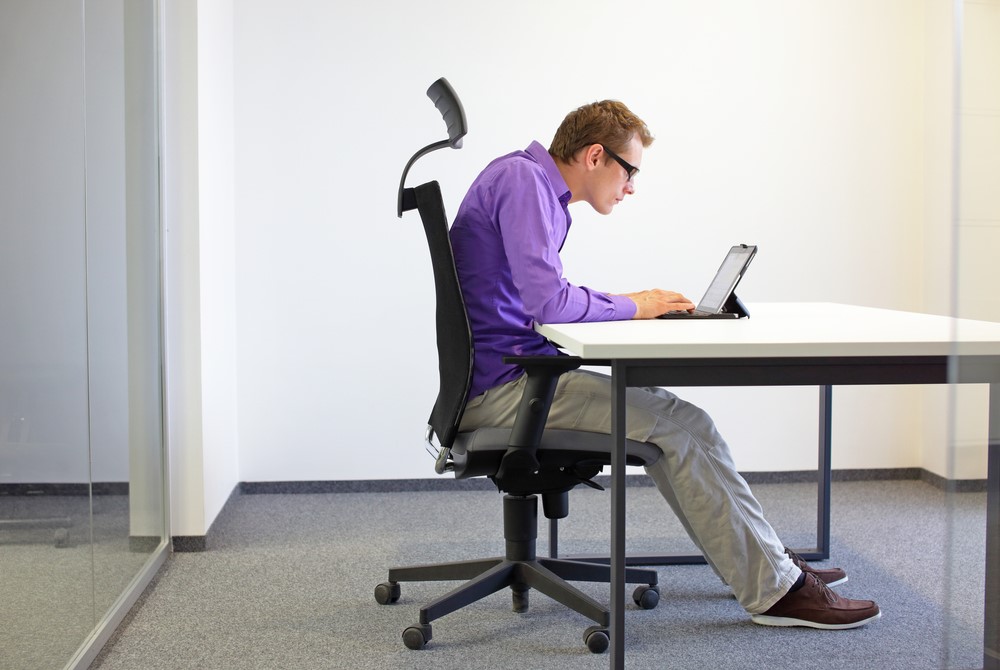
Identifying Triggers
It is important to identify what types of activities trigger your neck pain and headaches. Please note, quite often there can be a delay between the activity and having symptoms (i.e. waking up the day after with pain). Once your aggravating activities have been identified think about how they can be modified to make the task more manageable.
This can include:
- pacing, breaking up task into smaller parts over a longer period of time (i.e. doing your gardening over 2 days instead of one)
- having regular breaks and changing your posture (i.e. getting up from your desk every hour)
- modifying equipment (i.e. computer desk set up, bench height, head set for answering the phone)

A few quick things to try out include:
- heat packs can help by warming the area and increasing blood flow thereby relieving muscle tension
- posture braces can improve the position of your shoulder blades and take strain off the joints, ligaments and tendons of the neck
- taping, specific taping techniques can improve the position of your shoulder blades and take strain off the joints, ligaments and tendons of the neck
- using electrical TENS machines, topical anti-inflammatory gels (i.e. Voltaren) and heat rubs (i.e. Deep Heat) can help to temporarily alleviate symptoms and reduce the need for pain medications
- neck braces are not a good long term management strategy as they promote muscle atrophy and joint stiffness.
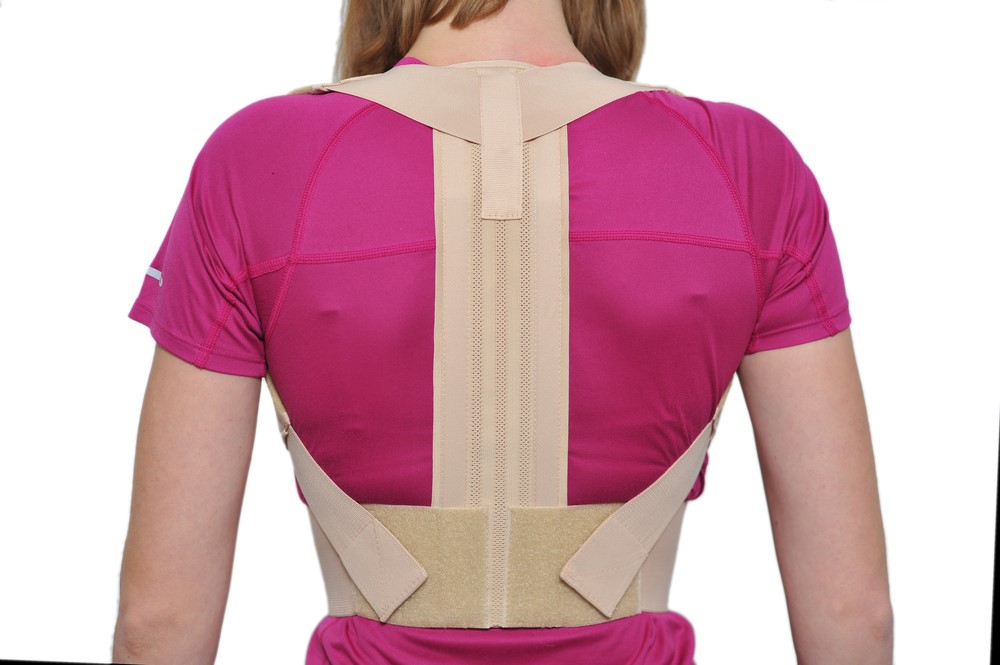
Finding the Right Pillow for Chronic Neck Pain and Headaches
Finding the right pillow can be very a difficult task. Too soft a pillow will not provide enough support, too hard a pillow will excessively bend your neck. Ideally, you should be resting in a neutral position, this minimises the strain on your joints, ligaments and tendons.
When buying a pillow please keep in mind:
- just because it is expensive does not necessarily mean it is the best one for you
- buying a pillow that is a little “too hard” is better than one that is “too soft” as it will compress over time
- like all new things, pillows also have a “breaking in period”, it may be worth while persisting for a few nights before you decide it’s not the right one for you
- a pillows shape and density will change as you use it, you may have to replace your pillow more frequently than expected
- you will likely have to try out a few different types until you find the right one
- the right pillow for you will not necessarily be the same for your partner
- also try experimenting by using pillows between/underneath your arms and legs to get the right support
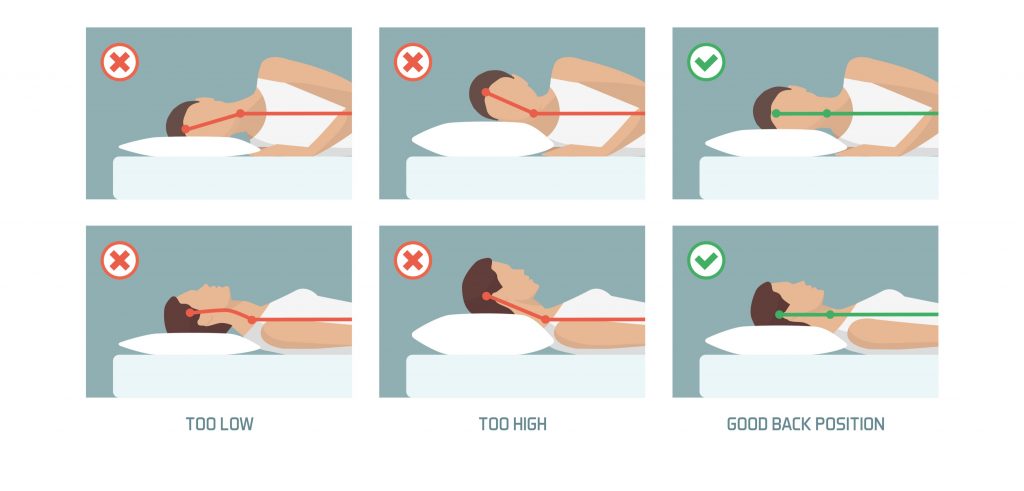
Exercises For Chronic Neck Pain and Headaches
A few basic examples have been provided below to get you started. Please note, it is always best to see a health professional to tailor an exercise program for your specific needs.
Stretches
These exercises should be held for at least 20-30 seconds and done frequently through out the day. The goal of these exercises are to lengthen tight muscles to give the joints more pain free movement.


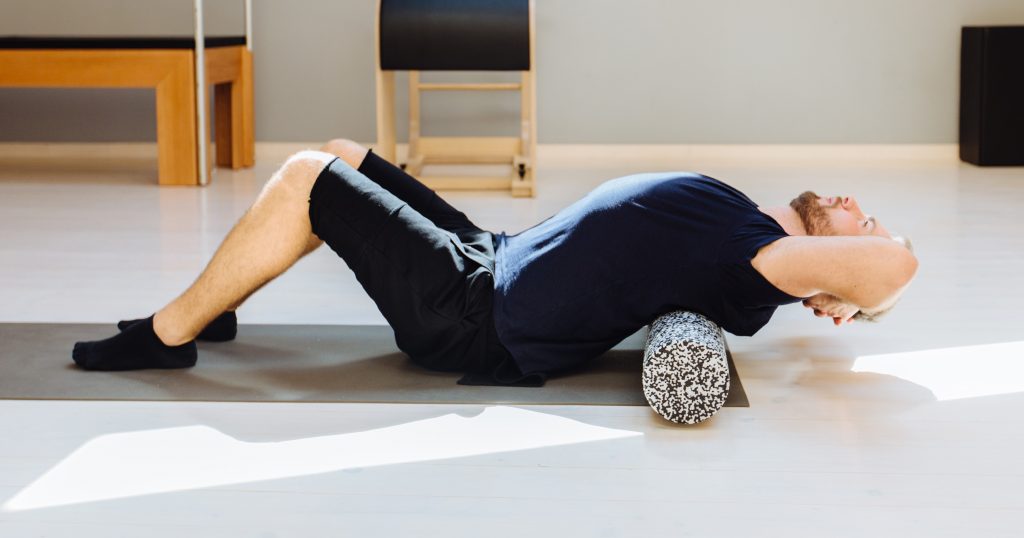

Strengthening
These exercises should be done with a high amount of repetitions (approximately 20 repetitions per set) a couple of times per day. It is always best to start off small and GRADUALLY build up your repetitions, sets and weights over a period of time. All of the exercises below should be done while holding a chin tuck/scapula retraction (see image below).
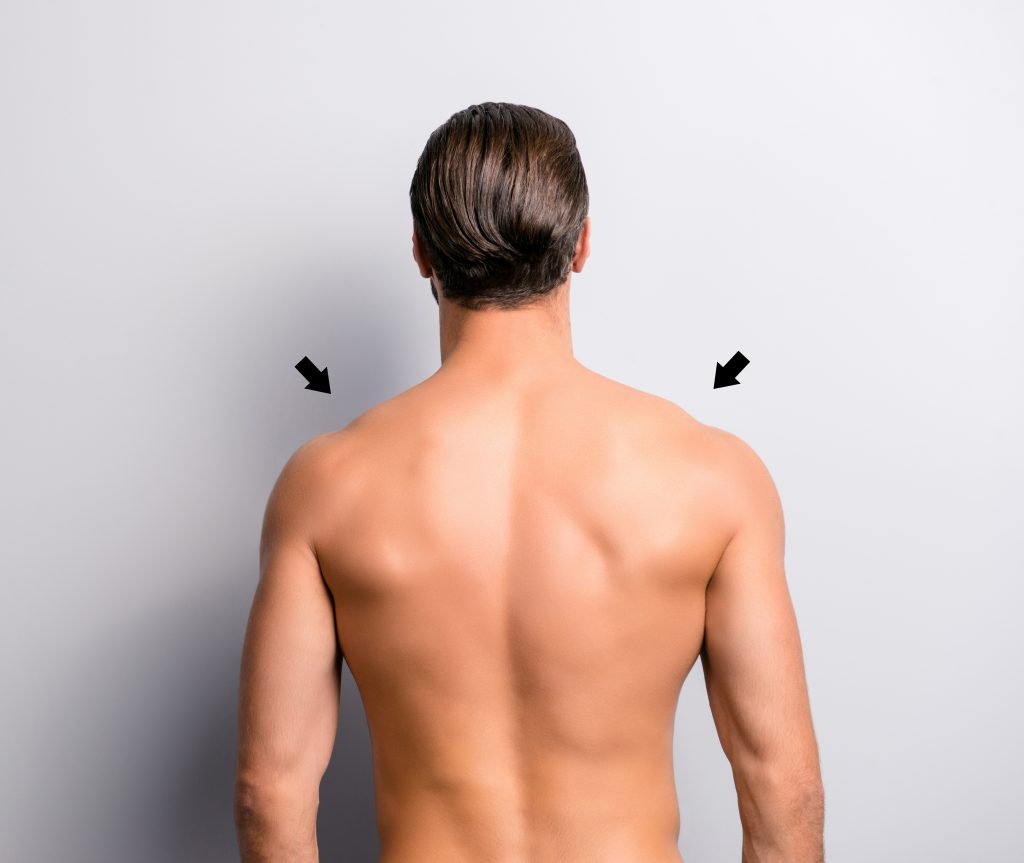
simply stand taller by 2 cm and hold this position, your shoulders will naturally retract and chin will tuck in

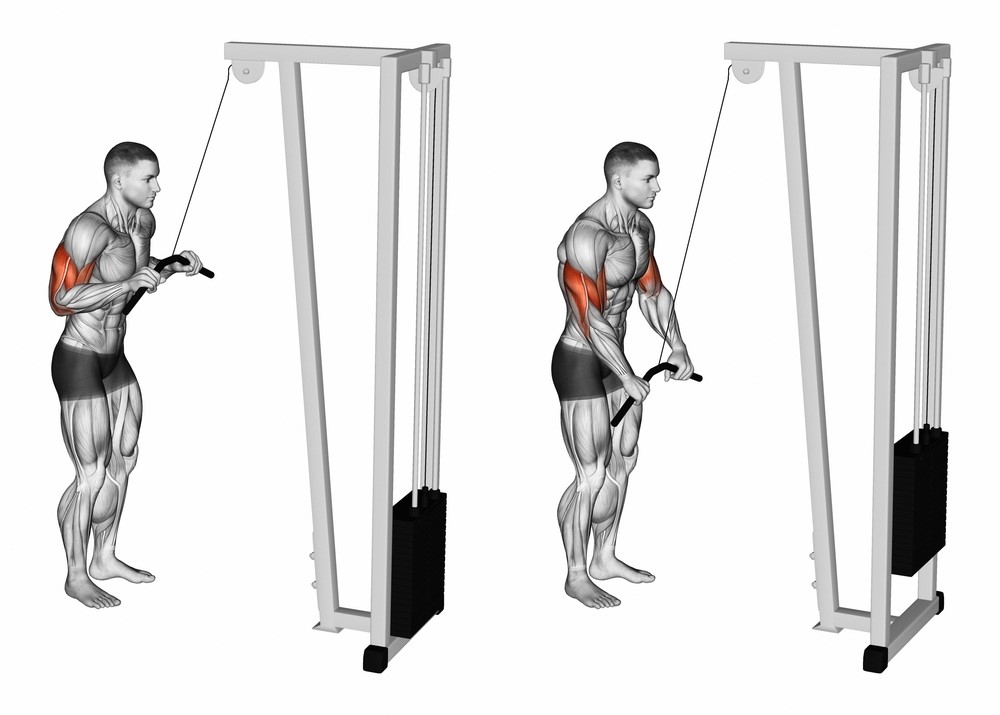
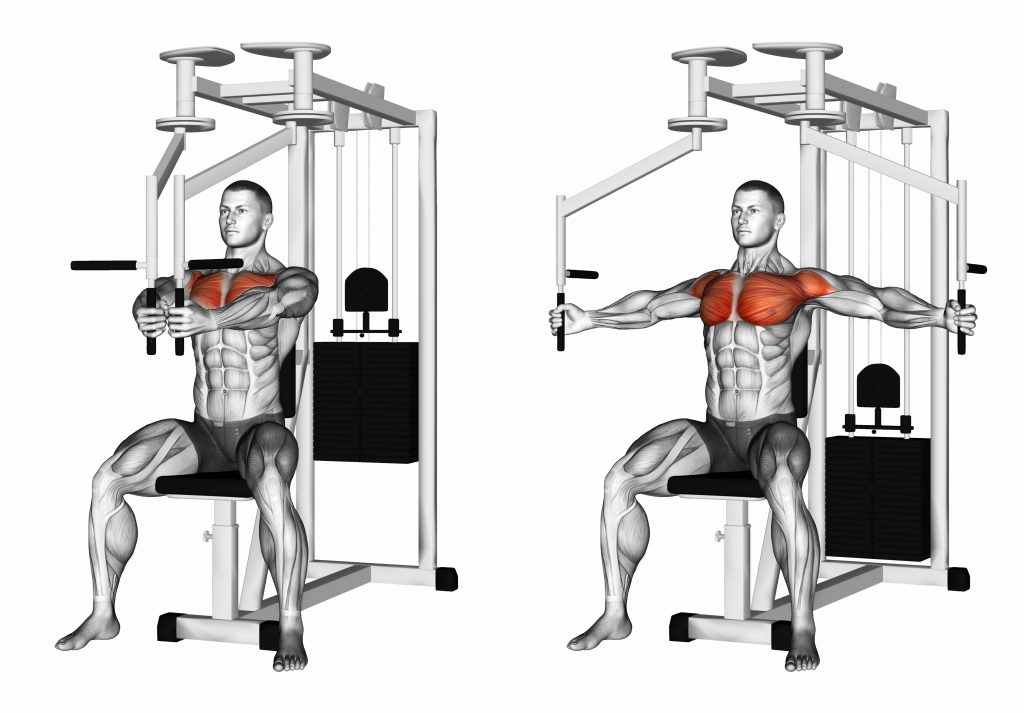
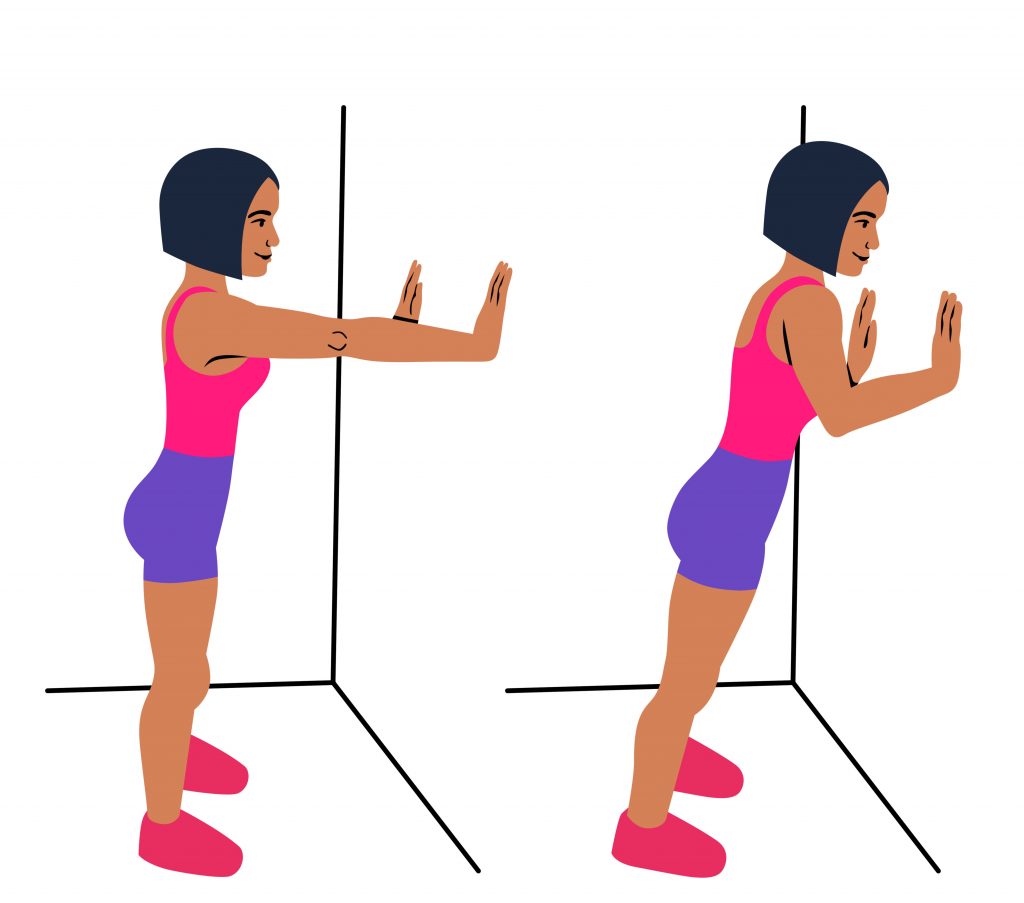
A Few Notes
- It is normal to have some discomfort and pain when commencing a new exercise routine
- Start off small and build up gradually
- Break up your exercises, don’t try to do everything on one day
- If any of the above exercises significantly exacerbate your symptoms please cease the exercise and seek advice from a health professional
Please keep in mind the information provided is general in nature and should not be used as a substitute to consult your treating health professional. If you have any specific questions or require assistance with your individual treatment requirements please do not hesitate to contact MyFamily Physio, Northern Beaches Sydney.
Related Articles